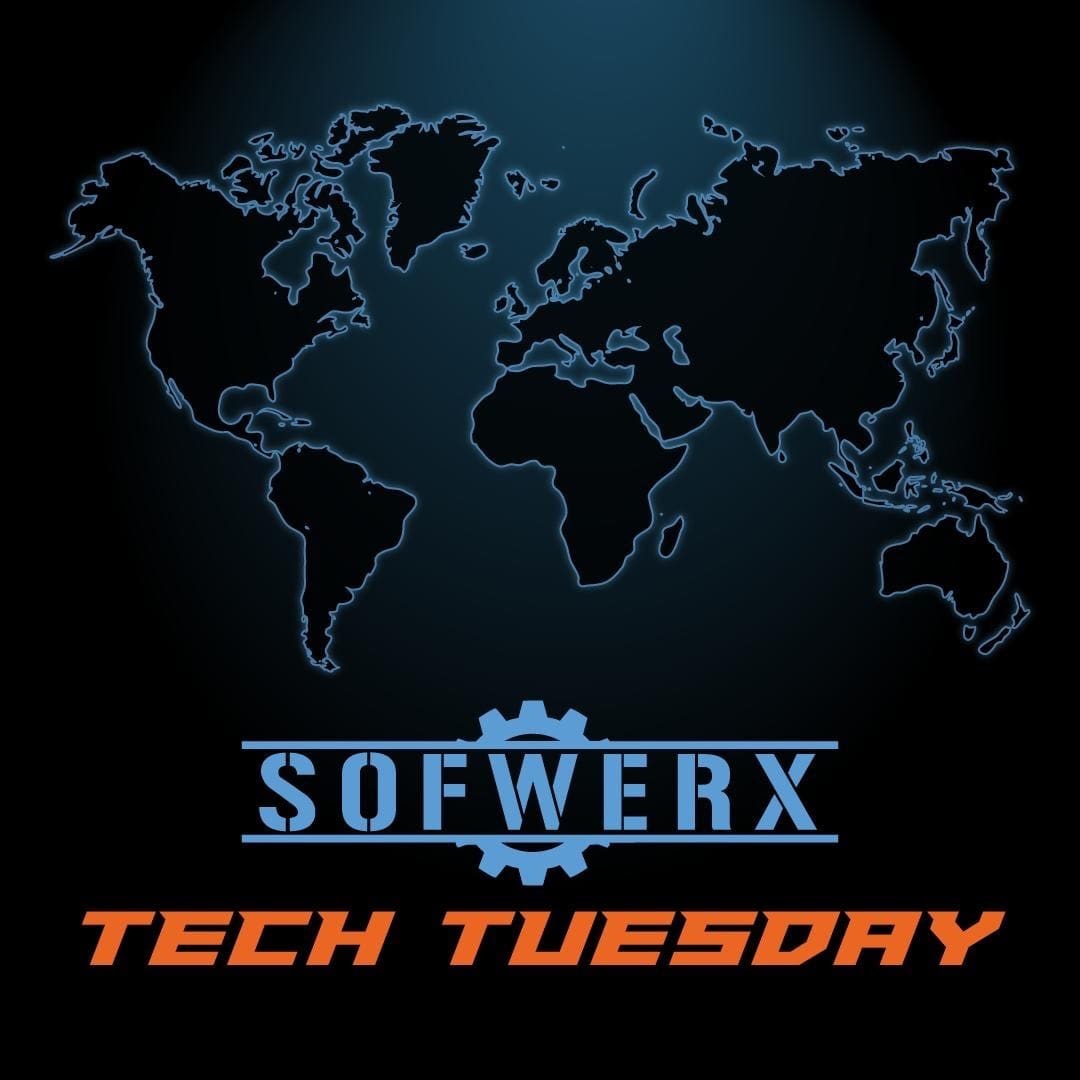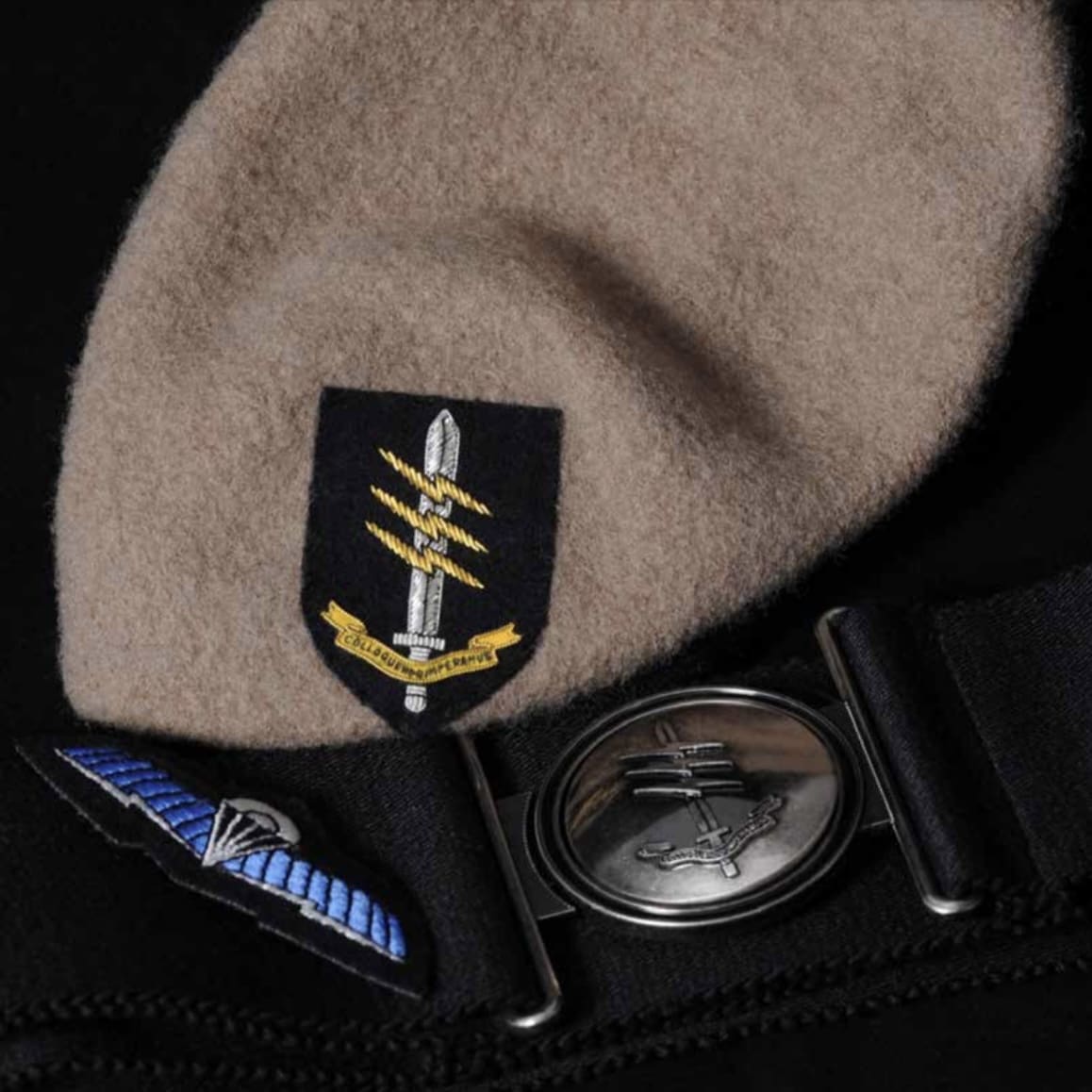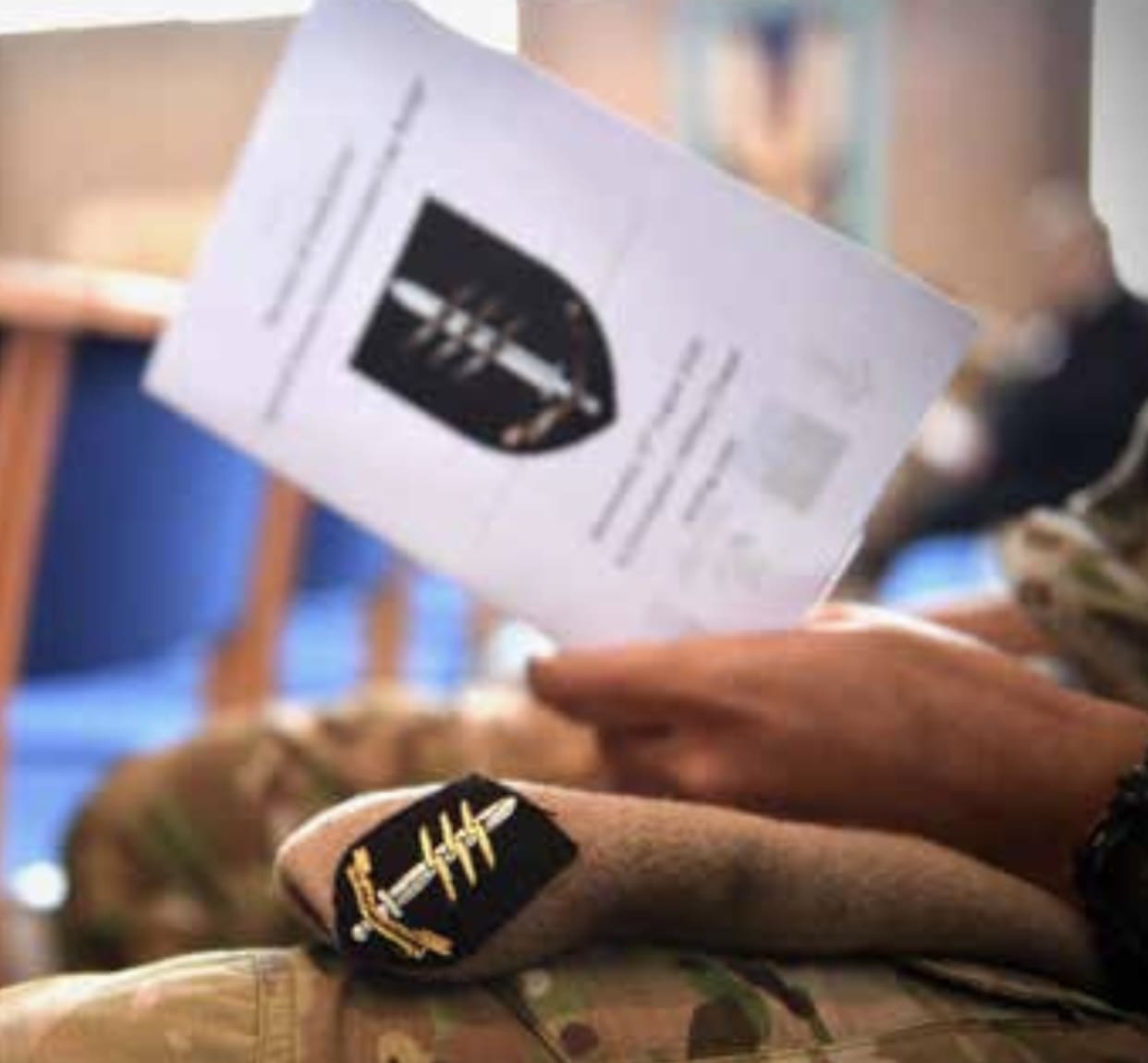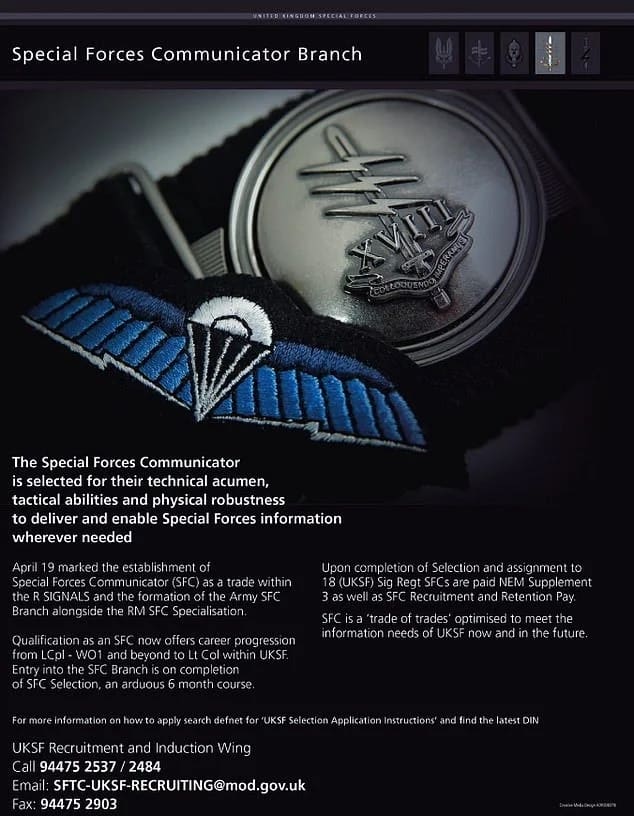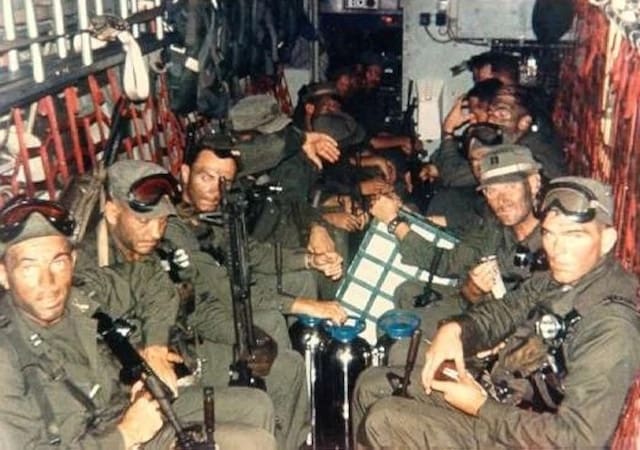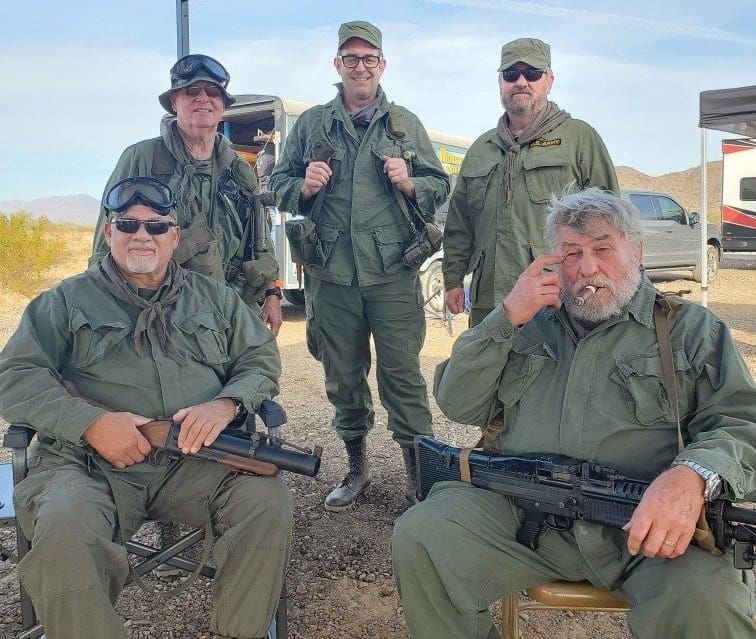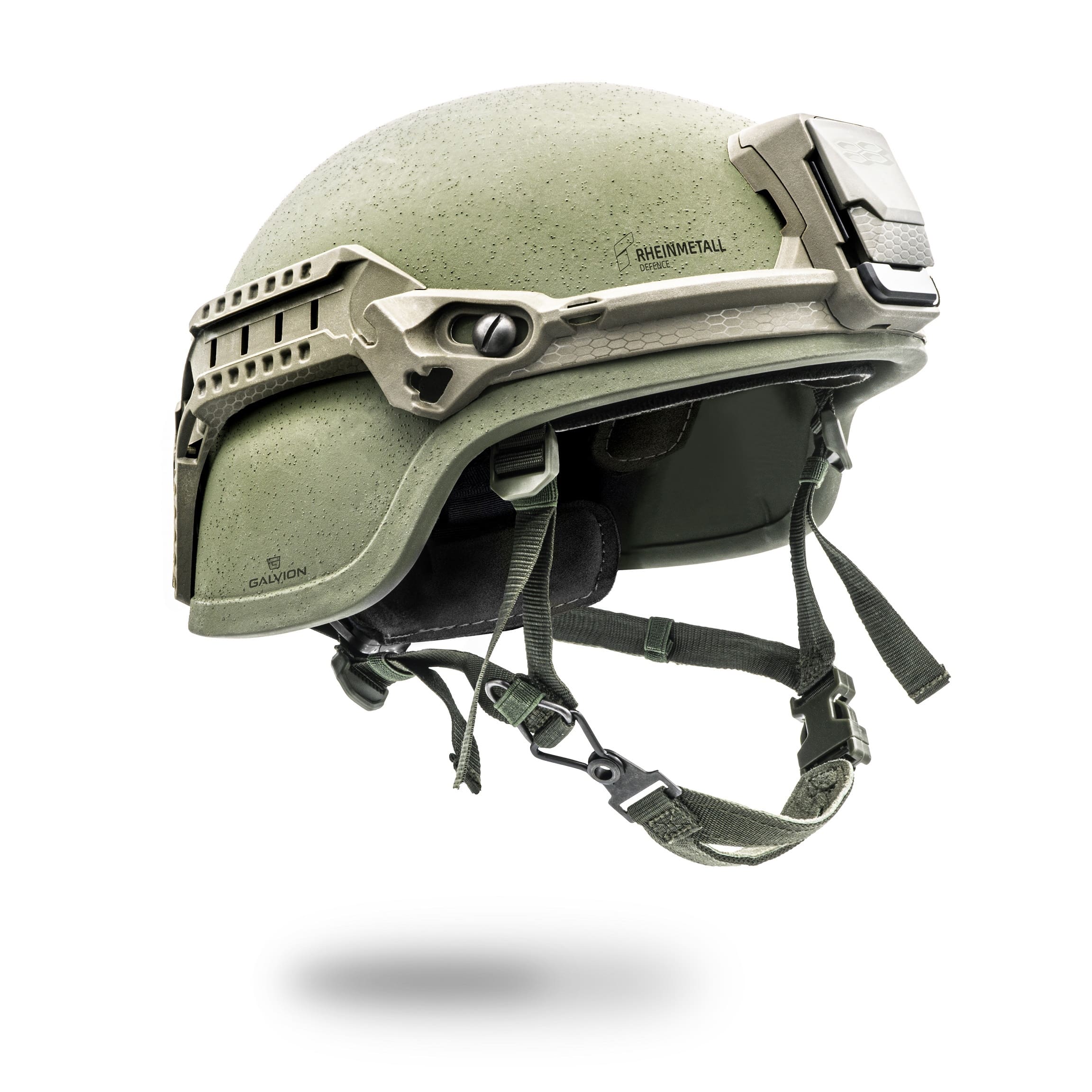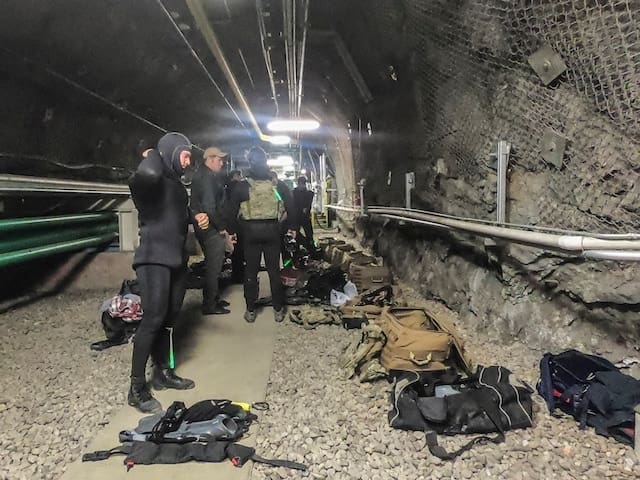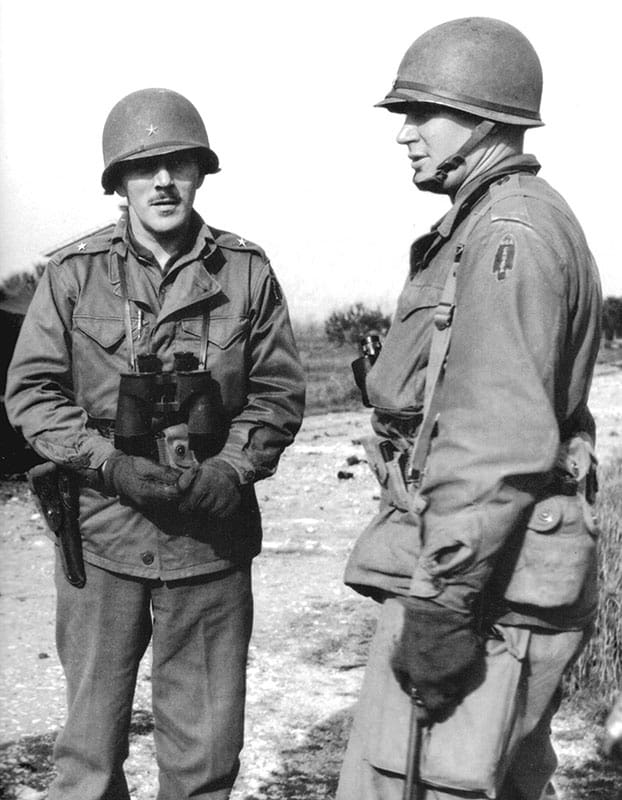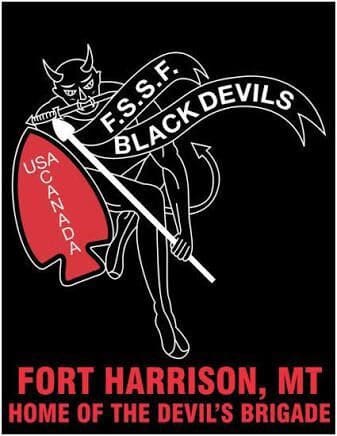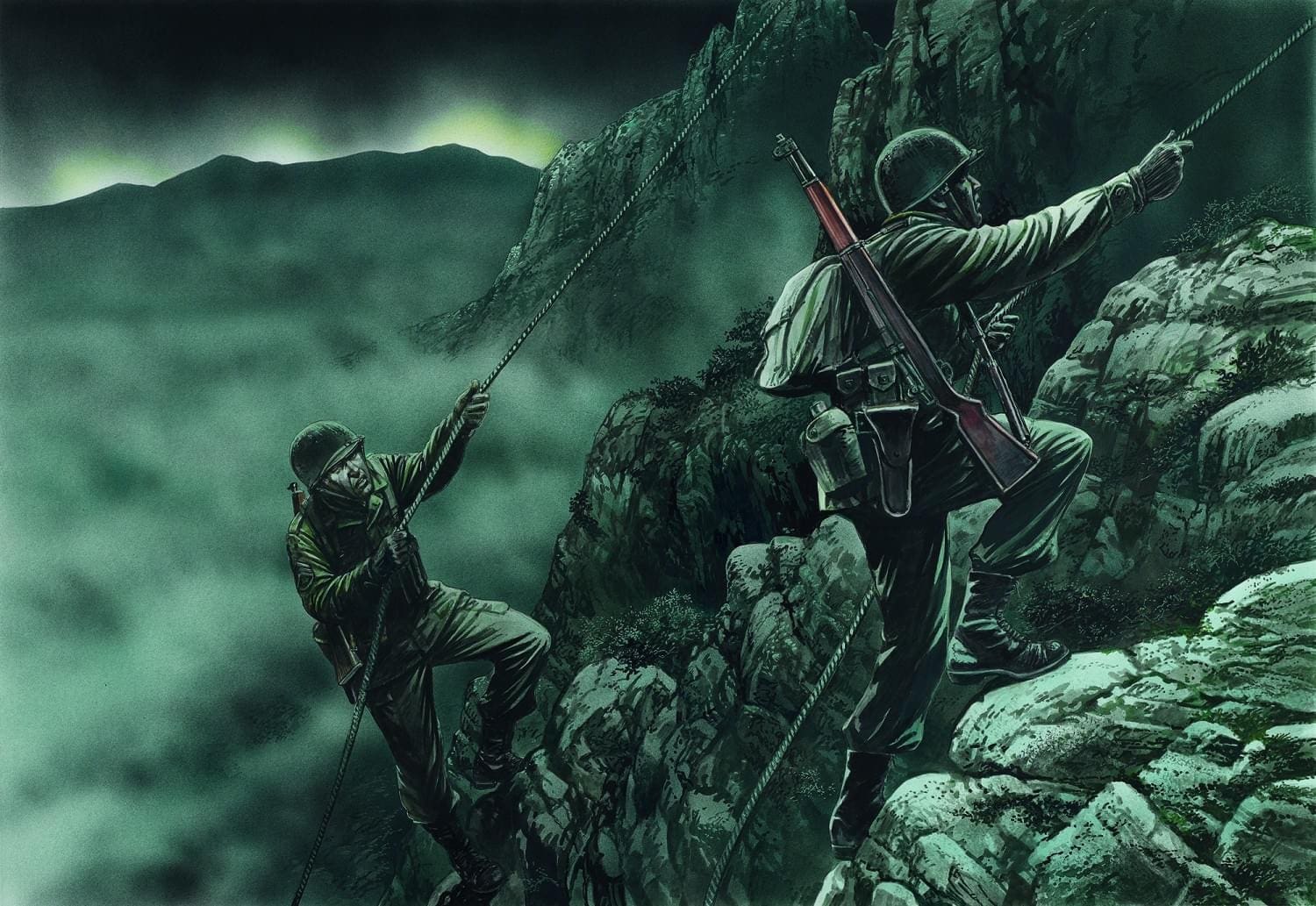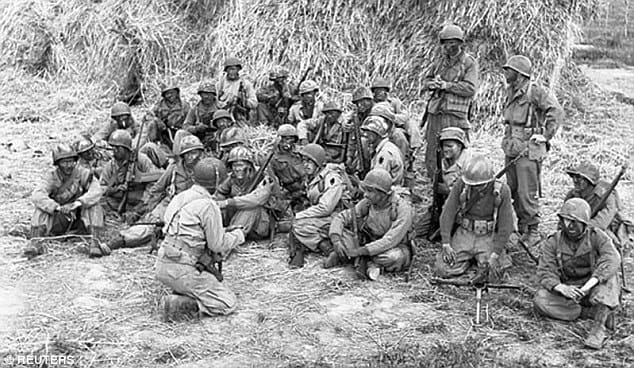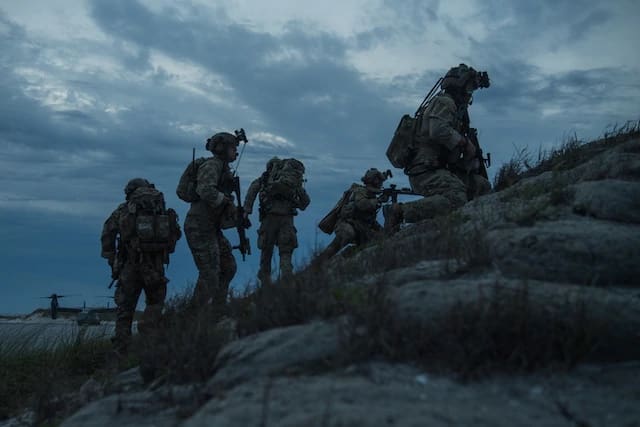Larry Thorne enlisted in the Army as a private in 1954, but he wasn’t your everyday new trainee – he had already spent a majority of his adult life fighting against the Soviets in brutal winter conditions.
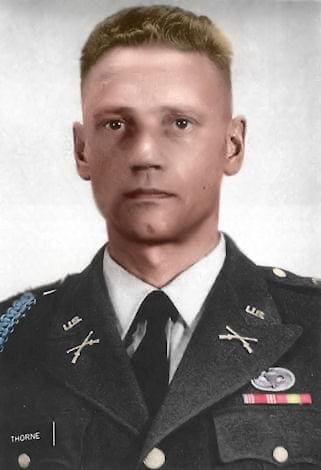
Born in Finland in 1919, Törni enlisted at age 19 in his country’s army and fought against the Soviet Union in the Winter War of 1939-40, rising to the rank of Captain and leading ski troops who literally skied into battle against enemy forces.
In 1944 during what the Finns called The Continuation War, he received Finland’s version of the Medal of Honor — the Mannerheim Cross — for his bravery while leading a light infantry battalion.
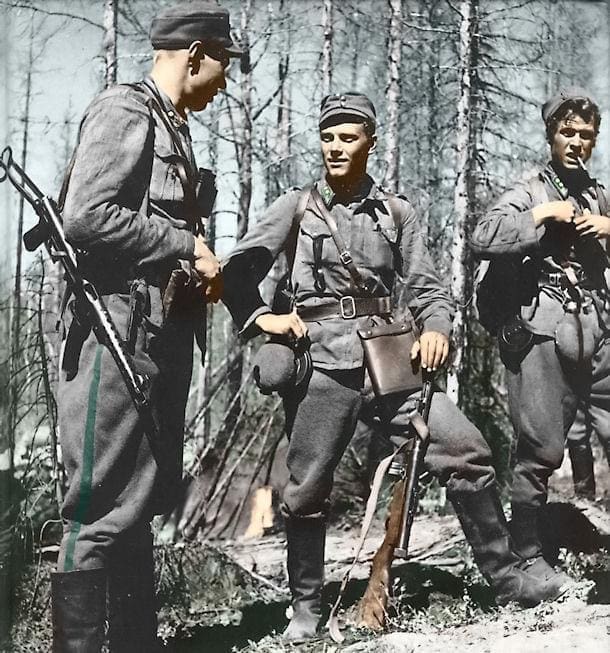
After Finland signed a cease-fire in 1944, he joined the German Army so that he could continue fighting. After Germany’s defeat, Törni returned to Finland and later moved to the United States where he enlisted under the name Larry Thorne.
He was able to enlist because of the Lodge-Philbin Act passed, which allowed foreigners to join the U.S. military and allowed them citizenship if they served honorably for at least five years.
More than 200 eastern Europeans joined the Army Special Forces before the Act expired in 1959, including Larry Thorne. Thorne quickly distinguished himself among his peers of Green Berets. Though he enlisted as a private, his wartime skill-set led him to become an instructor at the Special Warfare School at Fort Bragg teaching everything from survival to guerrilla tactics. In 1957, he was commissioned a second lieutenant and would rise to the rank of captain.
In Vietnam, he earned the Bronze Star medal for heroism, along with five Purple Hearts for combat wounds, before being killed in a helicopter crash in 1965.
Thorne Plaza is directly in front of the 10th Special Forces Group (Airborne) Headquarters here on Fort Carson and is a common site for promotions, retirements, and other ceremonies.
Source – 10th SFG(A)


